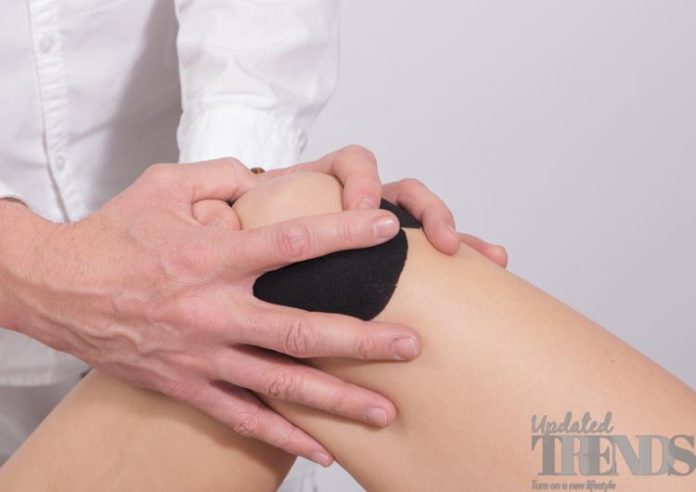People often take painkillers that provide immediate relief. But not many are aware that long-term use of painkillers give side effects. There are also people who get used to it and get addicted to take pain-killers. Taking pain-killers for toothache has become very common. It has to be noticed that there are also natural ways to reduce any kind of pain and are much better than the over-the-counter pills. Here are a few natural ingredients that can be a great substitute for the pain-killers.
1. Cloves – This is the best spice that can be a great natural pain-killer for toothache. Cloves have anti-fungal, anti-viral and anti-inflammatory properties. In case of a tooth pain, you can grab a few cloves and keep them under the affected area. If the pain continues, it is advisable to visit the dentist.
2. Turmeric – Turmeric is considered as a super spice and is often found in the Asian cuisines. It contains a compound known as the Curcumin which works like a great anti-oxidant and also a pain relieving agent. It helps to fight the free radicals which are responsible for pain.
3. Heat/ice packs – Heat and ice packs also help to reduce many kinds of pain. An ice pack or a heating pad can be applied to reduce inflammation or swelling and can be helpful for a strained muscle or a tendon.
4. Ginger – Consuming just 2 grams of ginger in a day helps to reduce muscular pain. Research has said that ginger can speed up the recovery process and also reduces inflammation. Ginger can also be added to tea or smoothies.
5. Essential oils – There are oils like eucalyptus, peppermint, rosemary and lavender that work as the best pain-killers. You just need to make sure that they are not applied directly on an open wound. It can be applied on muscular pain and only after it is mixed with a carrier oil or any other base ingredient like petroleum jelly.
Photo Credits: Pixabay











